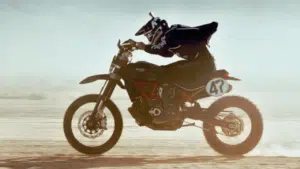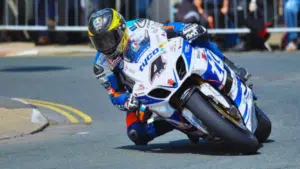Motorcycle riding is more than just a mode of transportation; it’s a lifestyle marked by freedom, excitement, and a unique sense of camaraderie among riders. There’s nothing quite like the thrill of cruising down open roads or winding through mountain passes with the wind rushing past you. However, the exhilaration of motorcycle riding comes with its fair share of risks and responsibilities. As a rider, it’s imperative to understand and respect these elements to ensure a safe and enjoyable riding experience.
One of the most crucial aspects of motorcycle riding is mastering the art of passing other vehicles safely. Unlike driving a car, passing on a motorcycle presents unique challenges that require a particular set of skills and techniques. The lack of protective barriers, coupled with the motorcycle’s smaller size and increased maneuverability, can make passing a daunting and potentially dangerous task for the inexperienced rider.
While it might seem intimidating at first, don’t fret. With practice, guidance, and a keen understanding of the right techniques, you can learn to execute safe, efficient, and repeatable passing maneuvers. This article aims to provide you with essential tips and insights to help you navigate the track confidently and safely.
Importance of Safe Motorcycle Riding Techniques
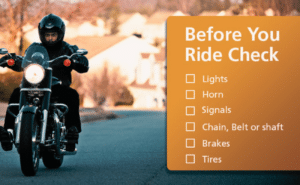
Understanding and implementing safe motorcycle riding techniques is not only crucial for your well-being but also for the safety of others on the road. As a motorcycle rider, you have a responsibility to ensure that your actions do not put other road users at risk. This responsibility becomes even more critical when executing maneuvers like passing, which involve close interaction with other vehicles.
One essential aspect of safe motorcycle riding is understanding how to ride a motorcycle correctly. It includes everything from operating the controls efficiently to using the right body positioning, from maintaining a safe following distance to executing safe passing maneuvers. All of these skills contribute to a safer and more enjoyable riding experience.
Essential Tips for Safely Passing While Motorcycle Riding
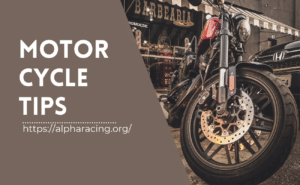
Firstly, always maintain a safe following distance. It gives you enough time and space to react in case the vehicle in front suddenly slows down or stops. Secondly, before attempting to pass, always ensure to check your mirrors and blind spots for any approaching vehicles.
Never pass in a curve or on the crest of a hill, where your visibility is limited. Instead, wait until you have a clear, straight stretch of road ahead. When you decide to pass, signal your intentions clearly to other road users. Use your indicators and position your motorcycle to the left side of your lane (or to the right, depending on which side you drive) to make your intentions clearly visible to the driver ahead.
Considerations When Other Vehicles Are Passing a Motorcycle
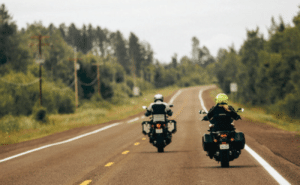
Stay as far to the right of your lane as possible to give the passing vehicle plenty of room. Keep an eye on your mirrors to stay aware of the passing vehicle’s position, and be ready to react if they suddenly cut in front too close.
Also, avoid speeding up as the vehicle passes you. It can confuse the driver and possibly lead to a dangerous situation. Instead, maintain a steady speed or slightly slow down to allow the vehicle to pass you quickly and safely.
The Role of Repeatable Techniques in Motorcycle Riding
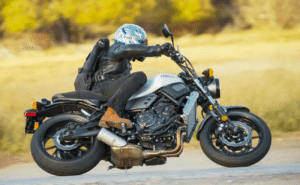
Techniques such as checking your mirrors before changing lanes, signaling your intentions, maintaining a safe following distance, and adjusting your lane position when other vehicles are passing become second nature with repetition. These repeatable techniques can significantly decrease your reaction time, thereby increasing your safety on the road.
Key Motorcycle Riding Tips for Beginners

Secondly, take a motorcycle safety course. It will provide you with fundamental knowledge about motorcycle controls, riding techniques, and safety tips. Thirdly, start with a motorcycle that fits your body type and skill level. Riding a motorcycle that’s too big or powerful can be difficult to control and can lead to accidents.
Finally, practice, practice, practice. The more you ride, the more comfortable you’ll get with your motorcycle and the better you’ll become at handling different riding situations.
Advanced Motorcycle Riding Techniques
As you gain experience and confidence in your riding abilities, you can start learning advanced motorcycle riding techniques. These techniques not only enhance your riding skills but also increase your safety and efficiency on the road.
Advanced techniques include countersteering, which is used to steer the motorcycle quickly and precisely in turns; trail braking, which allows you to control your speed more effectively in corners; and body positioning, which can help you steer the motorcycle more efficiently and reduce the risk of skidding.
Remember, these advanced techniques require practice to master. So, always practice in a controlled environment before attempting them on the open road.
Mastering Motorcycle Riding: Recommended Resources and Training
Mastering the art of motorcycle riding is a journey that requires continuous learning and practice. Thankfully, there are numerous resources and training programs available to help you along the way.
Motorcycle safety courses are a great place to start. These courses provide comprehensive training on basic and advanced riding techniques and often include practical on-road training. Additionally, many books and online resources offer valuable insights and tips on motorcycle riding.
For more hands-on training, consider attending track days or riding schools. These events provide a controlled environment where you can practice and refine your riding skills under the guidance of experienced instructors.
Conclusion: The Journey to Safe and Skilled Motorcycle Riding
Motorcycle riding is a thrilling experience, but it’s also one that demands respect, discipline, and continuous learning. The journey to becoming a safe and skilled rider is a rewarding one, filled with new experiences, challenges, and discoveries.
Remember, the key to safe motorcycle riding lies in mastering the right techniques, practicing them until they become second nature, and always staying aware of your surroundings. Take the time to learn, practice, and refine your skills, and you’ll be rewarded with a riding experience that’s not just exciting, but also safe and controlled.
So gear up, hit the open road, and enjoy the ride. After all, there’s nothing quite like the thrill of motorcycle riding. Just remember to ride safe, ride smart, and never stop learning. Happy riding!




